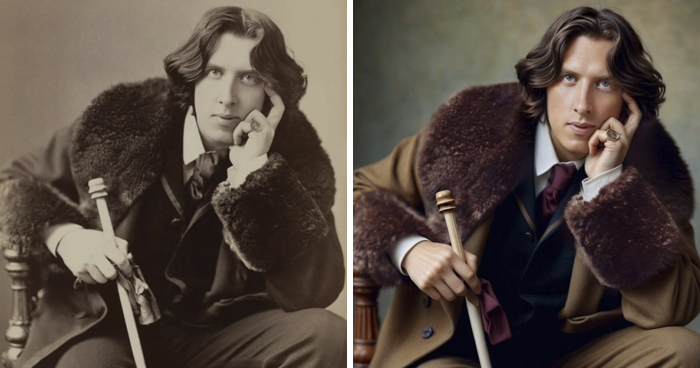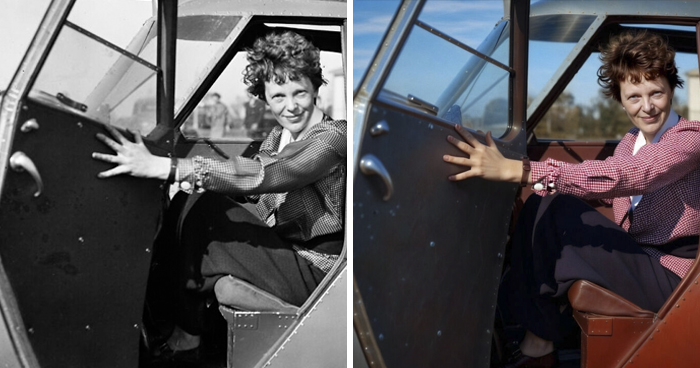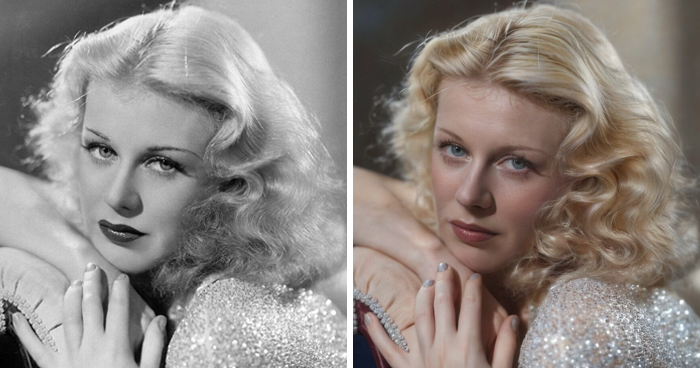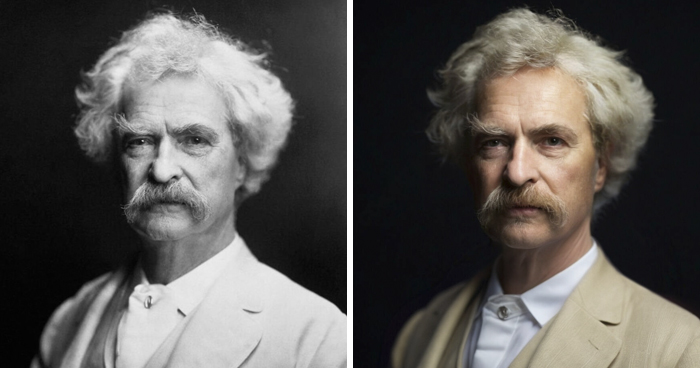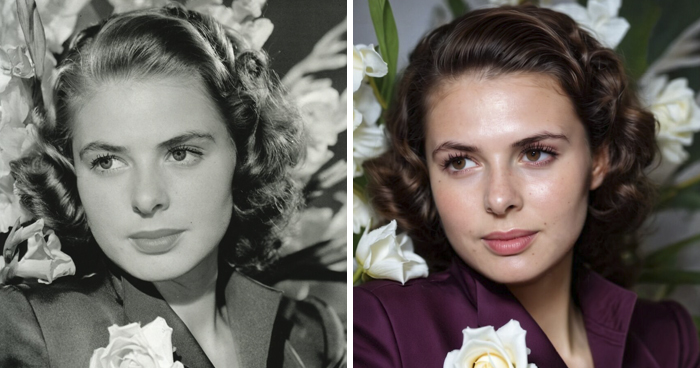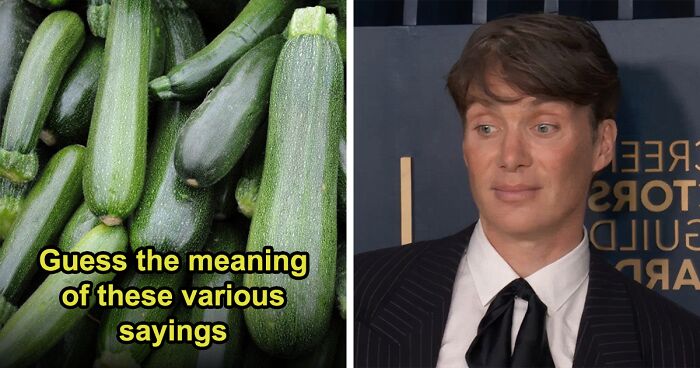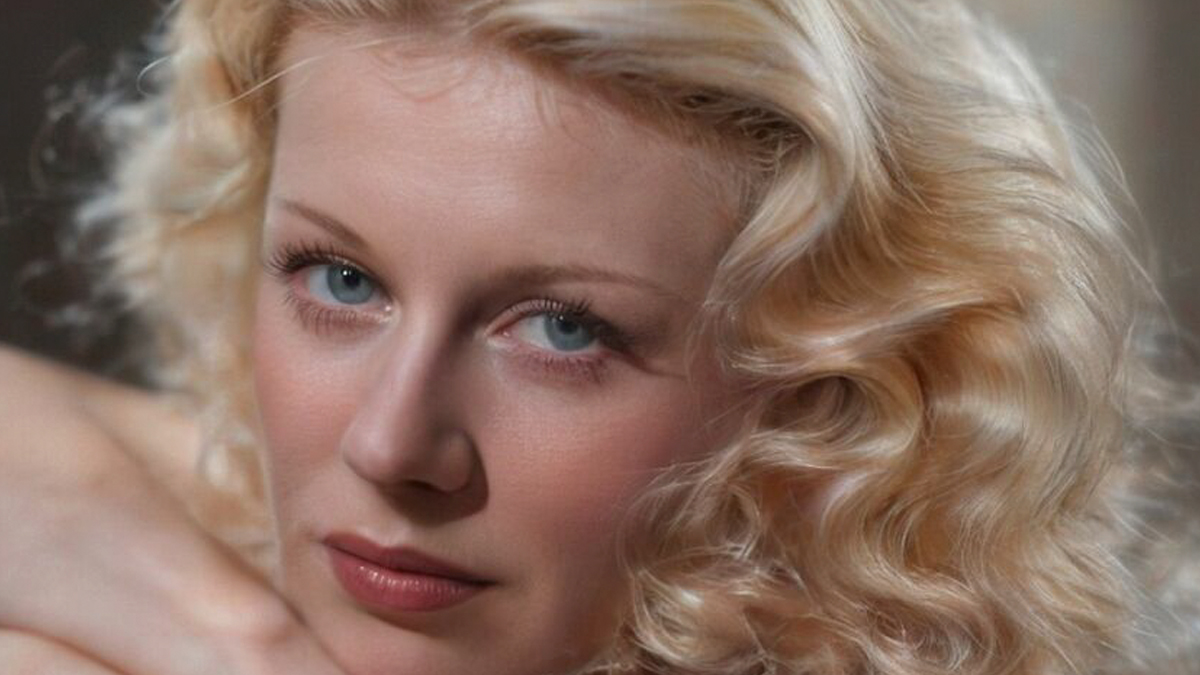
18Kviews
I Used AI To Reimagine 5 Iconic Historical Figures In Full Color—Here’s How They Look
Lately, my journey as a digital artist and Bored Panda contributor has led me to extraordinary places, where creativity and technology intertwine in ways I never imagined. Each project pushes the boundaries of artistic expression, transforming my perspective and deepening my passion for visual storytelling.
This time, I embarked on a project that seamlessly blends innovation with artistry. I was invited to explore the power of the HONOR Magic7 Pro, a smartphone infused with advanced AI technology capable of enhancing images with breathtaking precision. But beyond the tool itself, what truly captivated me was the chance to reimagine iconic historical figures—breathing new life into their portraits and unveiling details long obscured by time.
More info: Instagram
This post may include affiliate links.
Oscar Wilde: The Master Of Wit And Whimsy
A master of words, a fearless rebel, and a man who transformed wit into an art form—Oscar Wilde lived as vibrantly and extravagantly as he wrote. With iconic works like "The Importance of Being Earnest and The Picture of Dorian Gray," he captivated the world with his sharp humor, biting satire, and unapologetic individuality.
For Wilde, life was meant to be lived with elegance, flair, and a wit as sharp as the finest tailor’s needle. Yet, beneath the charm and brilliance was a man who faced scandal and personal turmoil, showing that even the brightest stars endure their share of struggle.
He took his final bow on November 30, 1900, at just 46 years old, leaving behind a legacy of laughter, wisdom, and the unforgettable reminder that "to live is the rarest thing in the world. Most people exist, that is all."
Amelia Earhart: The Sky Had No Limits
A rebel, a trailblazer, and a woman who refused to be tethered to the ground—Amelia Earhart didn’t just break records; she defied every expectation placed before her. As the first female aviator to fly solo across the Atlantic, she transformed the sky into her own limitless realm, proving that adventure had no gender.
But Amelia’s legacy wasn’t just in the heights she reached; it was in her relentless drive to dream bigger, push further, and inspire the world to follow her lead. Her mysterious disappearance in 1937, while attempting to circumnavigate the globe, only deepened her mythic status.
Declared legally dead on January 5, 1939, at the age of 41, Amelia remains a timeless symbol of courage, ambition, and the unwavering belief that boundaries exist to be shattered.
The reflection from the hand on the door panel, even if not on original photo, this is an subtle detail!
There is something profoundly rewarding about bridging past and present through digital art, revealing lost expressions, subtle emotions, and untold stories. Each reimagined portrait becomes a dialogue across centuries, a window into history seen through a modern lens.
Being part of Bored Panda has been an incredible journey, opening doors to creative collaborations I never thought possible. This experience has shown me that AI is not just a tool—it is a gateway to new artistic dimensions, a way to preserve memories, and a means to offer fresh perspectives on the figures who shaped our world. As I continue exploring this fusion of art and technology, I’m excited for the challenges ahead and eager to share what’s next!
Ginger Rogers: The Star Who Danced Into Eternity
If Fred Astaire was the epitome of grace on the dance floor, Ginger Rogers was the woman who matched him step for step—except, of course, she did it all backward and in high heels! A true icon of classic Hollywood, she illuminated the screen with her stunning performances in timeless musicals, blending unparalleled talent, irresistible charm, and footwork that mesmerized audiences. But Ginger’s brilliance didn’t stop at dance—she was a versatile actress, an Academy Award winner, and a symbol of elegance, resilience, and fierce determination.
For decades, Ginger Rogers captivated both Hollywood and the world with her exceptional artistry. Her final bow came on April 25, 1995, when she passed away at the age of 83. Yet, her legacy remains as vibrant as ever, gracefully dancing on in the hearts of movie lovers. After all, elegance, talent, and the magic of tap dance will never lose their rhythm.
Mark Twain: The Master Of Wit And Wisdom
If humor had a founding father, Mark Twain would undoubtedly be its esteemed patriarch. With a wit as sharp as a razor and a pen that cut through the heart of society, he gave the world timeless classics like "The Adventures of Tom Sawyer" and "The Adventures of Huckleberry Finn," proving that storytelling could be both uproariously funny and profoundly insightful.
More than just a writer, Twain was a fierce social critic, a seasoned traveler, and a man who never hesitated to voice his opinions—especially when laced with biting irony. His words continue to resonate today, often shared with a knowing grin. Twain famously quipped, “The reports of my death are greatly exaggerated.” But in the end, even legends must take their final bow. He passed away on April 21, 1910, at the age of 74.
Yet, as long as there is laughter, Mark Twain lives on—because brilliance, like humor, is timeless.
Ingrid Bergman: The Queen Of Timeless Elegance
If Hollywood had royalty, Ingrid Bergman would undoubtedly sit on its throne. With her effortless beauty, innate elegance, and unparalleled talent, she became one of the most revered actresses in cinematic history. Whether captivating audiences with a single glance in "Casablanca" or showcasing her dramatic genius in "Gaslight," Ingrid was a magnetic force, commanding every scene she graced.
Her life mirrored the intensity of her roles—full of passion, scandal, and a remarkable comeback that reaffirmed her place in Hollywood's pantheon. Yet, even legends must one day take their final bow. Ingrid Bergman passed away on August 29, 1982, on her 67th birthday. But through every timeless performance and every iconic frame, she remains forever immortal—because true stars never fade.
This one is wrong. Ingrid Bergman had dark blond/light brown hair and greyish blue eyes.
So.... you used AI to colorize photos, and managed to get details wrong. Amelia Earhart's hair color was blonde (listed thus on her pilot's license) and Ingrid Bergman's hair color was light brown/auburn. This is why I hate colorizing "historical" black and white photos - whoever does it has NO idea what the "actual" color of the person's skin color, clothing, background, furniture, etc. is supposed to be, and by choosing colors for it that might be completely wrong, you basically are forcing revisionist history. The photos are black and white; they are MEANT to be black and white, they do not NEED to be "colorized". You take away from their impact when you decide to slap whatever colors you want onto there.
While I am not as passionate in my objection, I can confidently agree. However, I have a soft spot for colorized old film. I know, tar and feather me; but hear me out. Specifically in war docs, the colorization lends some humanity to what your eyes and brain are processing. For me it hits a little harder. Just my 2 cents.
Load More Replies...I think for documentaries (especially war documentaries), you have an excellent point. Since it's about such an important historical subject (by that I mean we should NEVER forget wars and the people who died in them, regardless of "why" they began or how "political" they became), it is absolutely important to try to bring every bit of humanization to them in order to reach the widest audience possible. Plus, generally speaking, something like a war documentary would have researchable "colors" (i.e., the uniform colors, etc.) that would lend verisimilitude while remaining fairly accurate. I just personally hate it when people go "Oh this is an old black and white photo of a farmwife from 1900 and I colorized it" and her dress is all weird modern colors and patterns... if that makes sense XD And, of course, if one is going to do this to celebrities.... maybe research the celebrity's appearance/hair color/eye color first? XD
Mmm. In a lot of cases, those doing the colourizing do have pretty good and sometimes perfectly accurate ideas what the actual colours were really like. The BBC showed a documentary "Tutankhamum in colour" - well, they got the colours of the relics from the tomb exactly right, because they're available to be examined. The desert sand can still be seen. And so on. https://www.bbc.co.uk/programmes/m000k48q These examples of colourized photos on BP aren't great - they make their subjects look different, and (as has been noted) get some colours definitely wrong. More subtle misrepresenations: the twinkle's gone from Mark Twain's eyes and Ingrid Bergman's had some shine added to her cheek - no way would she have had a studio publicity shot taken with her skin looking shiny.
No, I just happen to have this weird thing called an "opinion". I also have these other weird things called "thoughts" that I use to support my reasoning for my "opinion", instead of just screaming "COLORIZED PHOTO BAD ARRGH" XD I personally find it distasteful, and I try to present logical reasoning and thoughts behind why I feel that way. I don't need anyone to agree with me. I will stick with the fact that a few of these photos in this particular article are "incorrectly" colorized, as the person who colorized them got hair or eye colors completely wrong.
I never comment on this type of stuff, but as an artist myself, THE VALUES OF THE COLOURS DON'T EVEN MATCH THE ORIGINAL PHOTOS!! Like, you could get away with the inaccuracies if you at least did the bare minimum and matched the values in the colorized photos to the values CLEARLY SHOWN in the black and white originals.
Anyone can slap a black and white filter over the colorized version and realise that whoever did this took ridiculous 'creative liberties'.
Load More Replies...No. This was done via AI. The algorithm was talking all the liberties
Upvoted because I agree that these five examples are technically inept. The technological concept however is sound and exceution can only steadily improve.
I hate this. Black and white has a charm all it's own. And believe it or not, some people choose to shoot in black and white to this very day.
So.... you used AI to colorize photos, and managed to get details wrong. Amelia Earhart's hair color was blonde (listed thus on her pilot's license) and Ingrid Bergman's hair color was light brown/auburn. This is why I hate colorizing "historical" black and white photos - whoever does it has NO idea what the "actual" color of the person's skin color, clothing, background, furniture, etc. is supposed to be, and by choosing colors for it that might be completely wrong, you basically are forcing revisionist history. The photos are black and white; they are MEANT to be black and white, they do not NEED to be "colorized". You take away from their impact when you decide to slap whatever colors you want onto there.
While I am not as passionate in my objection, I can confidently agree. However, I have a soft spot for colorized old film. I know, tar and feather me; but hear me out. Specifically in war docs, the colorization lends some humanity to what your eyes and brain are processing. For me it hits a little harder. Just my 2 cents.
Load More Replies...I think for documentaries (especially war documentaries), you have an excellent point. Since it's about such an important historical subject (by that I mean we should NEVER forget wars and the people who died in them, regardless of "why" they began or how "political" they became), it is absolutely important to try to bring every bit of humanization to them in order to reach the widest audience possible. Plus, generally speaking, something like a war documentary would have researchable "colors" (i.e., the uniform colors, etc.) that would lend verisimilitude while remaining fairly accurate. I just personally hate it when people go "Oh this is an old black and white photo of a farmwife from 1900 and I colorized it" and her dress is all weird modern colors and patterns... if that makes sense XD And, of course, if one is going to do this to celebrities.... maybe research the celebrity's appearance/hair color/eye color first? XD
Mmm. In a lot of cases, those doing the colourizing do have pretty good and sometimes perfectly accurate ideas what the actual colours were really like. The BBC showed a documentary "Tutankhamum in colour" - well, they got the colours of the relics from the tomb exactly right, because they're available to be examined. The desert sand can still be seen. And so on. https://www.bbc.co.uk/programmes/m000k48q These examples of colourized photos on BP aren't great - they make their subjects look different, and (as has been noted) get some colours definitely wrong. More subtle misrepresenations: the twinkle's gone from Mark Twain's eyes and Ingrid Bergman's had some shine added to her cheek - no way would she have had a studio publicity shot taken with her skin looking shiny.
No, I just happen to have this weird thing called an "opinion". I also have these other weird things called "thoughts" that I use to support my reasoning for my "opinion", instead of just screaming "COLORIZED PHOTO BAD ARRGH" XD I personally find it distasteful, and I try to present logical reasoning and thoughts behind why I feel that way. I don't need anyone to agree with me. I will stick with the fact that a few of these photos in this particular article are "incorrectly" colorized, as the person who colorized them got hair or eye colors completely wrong.
I never comment on this type of stuff, but as an artist myself, THE VALUES OF THE COLOURS DON'T EVEN MATCH THE ORIGINAL PHOTOS!! Like, you could get away with the inaccuracies if you at least did the bare minimum and matched the values in the colorized photos to the values CLEARLY SHOWN in the black and white originals.
Anyone can slap a black and white filter over the colorized version and realise that whoever did this took ridiculous 'creative liberties'.
Load More Replies...No. This was done via AI. The algorithm was talking all the liberties
Upvoted because I agree that these five examples are technically inept. The technological concept however is sound and exceution can only steadily improve.
I hate this. Black and white has a charm all it's own. And believe it or not, some people choose to shoot in black and white to this very day.

 Dark Mode
Dark Mode 

 No fees, cancel anytime
No fees, cancel anytime 



